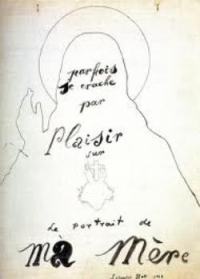A Map of Surrealist Paris
French Surrealism
In 1924, André Breton wrote the Surrealist Manifesto. In it, he expressed the notion that in order to change our lives, we must change the way we see the world. He and his fellow French Surrealists, including Louis Aragon, Robert Desnos, René Crevel and Philippe Soupault, wandered the Parisian streets at night in search of the mysterious, the occult. While many Surrealist haunts remain intact to this day, others were destroyed in the 1920s during a process known as “l’Haussmannisation,” during which Parisian roads were expanded into the system of boulevards that defines Parisian life today. Information and photographs are from the major Surrealist books Nadja by André Breton, Paris Peasant by Louis Aragon, and Henri Béhar’s Guide du Paris Surréaliste. Explore the map at left to discover the places at which the Surrealists worked, wandered, and fell in love.

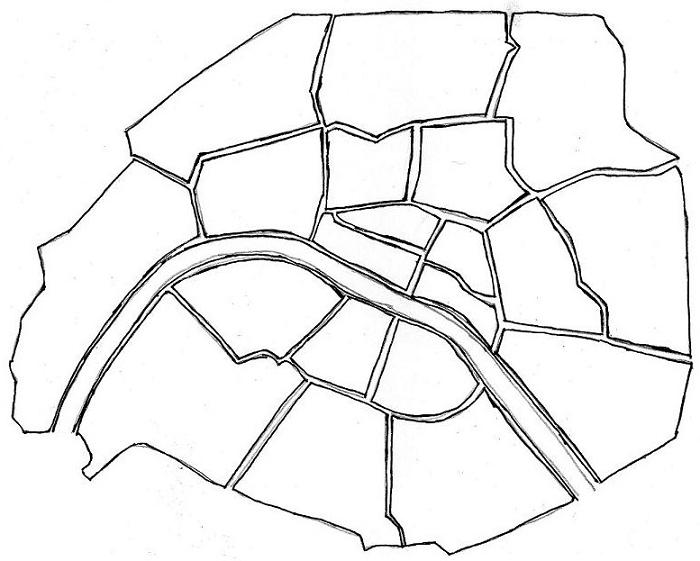

Central Bureau for Surrealist Research
15, rue de Grenelle, 7e
Robert Desnos’s Fantomas and André Breton’s Surrealism Manifesto were tacked to the wall with forks, and a plaster model of a woman’s bust hung from the ceiling.
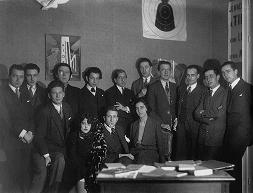

Buttes-Chaumont Park
Rue Manin and Rue Botzaris, 19e
a “seedy . . . oasis in a popular neighborhood.”
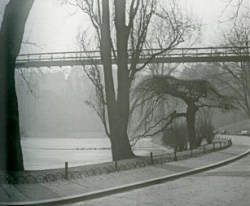

Montmartre Cemetery
20, avenue Rachel, 18e
“Neither flowers, nor crown, nor cross, nor statue. I believe neither in God nor in glory.”
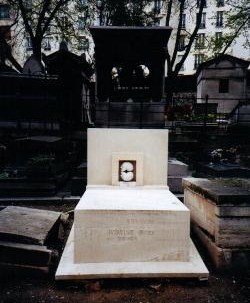

The Flea Market at Saint Ouen
109 avenue Michelet, 93 Saint Ouen, 18e
“I am there often, looking for objects one cannot find anywhere else—out of fashion, broken, useless, almost incomprehensible.”
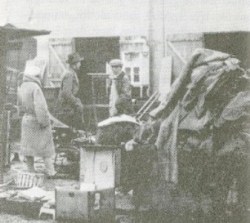

Tour Saint-Jacques
Square Saint-Jacques, 4e
André Breton and Robert Desnos in particular were fascinated by fifteenth-century alchemist Nicolas Flamel, who according to legend, was given a code revealing the secrets of transmutation by a man named Abraham.
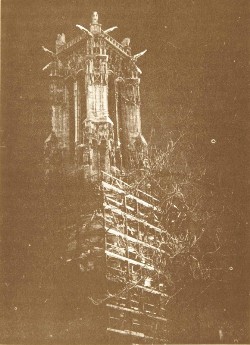

Passage de l’Opera
boulevard des Italiens, 9e
“All of the nightlife of imagination . . . the way in which a small shadow is lost and perpetuates in the poorly-lit zones of human activity. It’s there that the spiritual beacons appear . . . The door of mystery, a human misstep opens it, and there we are in the realm of shadow.”
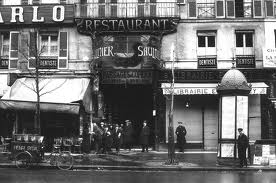

Place Blanche
82 boulevard de Clichy, 9e
The Surrealists met at café Cyrano to share their work and plan projects over mandarin curaçao cocktails.
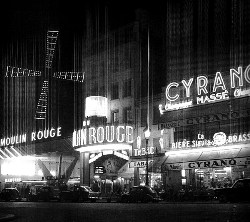

Place Franz-Liszt
rue de La Fayette, 10e
“I was just crossing the intersection whose name I either ignored or don't remember, the one in front of a church. All of a sudden, although she may have been ten feet in front of me, coming from the opposite direction, I see a young woman.”


Porte Saint-Denis
rue Saint-Denis et boulevard Saint-Denis, 2e/3e/10e
“[The gates] were recently part of the wall surrounding Paris, which gives these vessels, as if carried away by the centrifugal force of the city, an aspect which is completely boundless.”
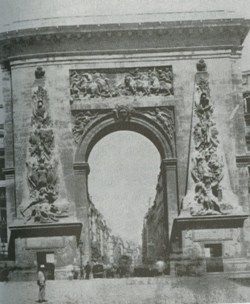

The Flower Market at Ile de la Cité
Place Louis Lépine Quai de la Corse, 1er
“As if in a dream, there are always flower beds before us, you lean toward these flowers surrounded by shadow as if it were less to smell them than to abduct their secrets—and such a gesture, in itself, is the most moving response you could give to the question I do not ask you.”
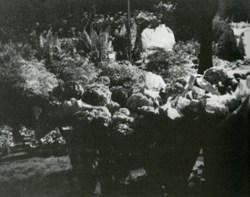

Place Dauphine and Pont-Neuf
1er
“You see that window over there? It’s black like all the others. Look closely. In a minute it will light up. It will be red.”
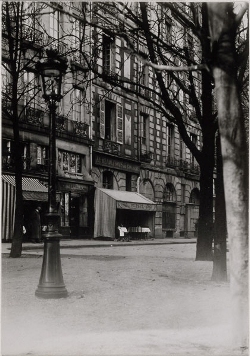

Rue Meslay
3e
"Naked, but surrounded like a mummy in is bandages by a multitude of mirrors, a mannequin barely covered in a silk scarf turns her barely-sketched face.”
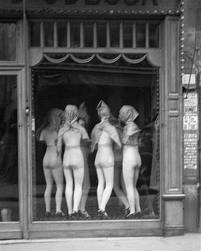

Centre Pompidou
Place Georges Pompidou, 4e
Surrealist works exhibited include: Max Ernst’s Ubu Imperator (1923) and Chimeras (1929), Salvador Dalí’s Sometimes I Spit with Pleasure on the Portrait of my Mother (1929) and William Tell (1930), Girgio de Chirico’s Premonitory Portrait of Guillaume Apollinaire (1919), and several works by Paul Klee.
